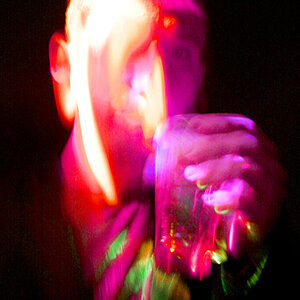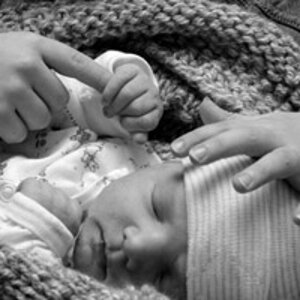Nikon_Josh
TPF Noob!
- Joined
- May 30, 2011
- Messages
- 936
- Reaction score
- 95
- Location
- Surrey, UK
- Can others edit my Photos
- Photos OK to edit
Another question guys,
I just did my second natural light portrait photoshoot last week, that I completely enjoyed! Now, I'm thinking its time to enter the world of Flash!
I would love to do some creative effects with a single flash gun on portraits.. I know alot of people seem to say you need about three flash guns to get effective results. But I have a feeling this is a myth being spread around by 'gear heads'?? I do plan on getting more than one flash in the future though.
I plan on using this flash on camera to begin with, making use of the swivel head to bounce the light. Do I need the extra features of an SB900 or will a SB700 suit me fine??
I'm using a Nikon D90 BTW. I plan on getting a 85mm 1.8 in the future aswell, will the SB700 be adequate for this? I know the 85 is a 128 on a DX camera.
I notice in the UK, the prices are not hugely different. Which I find a bit baffling!
I just did my second natural light portrait photoshoot last week, that I completely enjoyed! Now, I'm thinking its time to enter the world of Flash!
I would love to do some creative effects with a single flash gun on portraits.. I know alot of people seem to say you need about three flash guns to get effective results. But I have a feeling this is a myth being spread around by 'gear heads'?? I do plan on getting more than one flash in the future though.
I plan on using this flash on camera to begin with, making use of the swivel head to bounce the light. Do I need the extra features of an SB900 or will a SB700 suit me fine??
I'm using a Nikon D90 BTW. I plan on getting a 85mm 1.8 in the future aswell, will the SB700 be adequate for this? I know the 85 is a 128 on a DX camera.
I notice in the UK, the prices are not hugely different. Which I find a bit baffling!




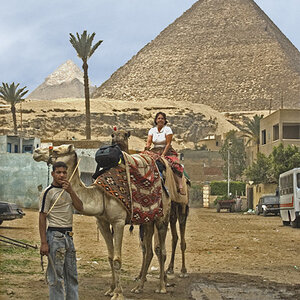

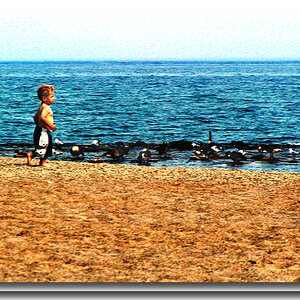
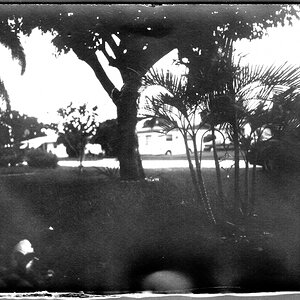
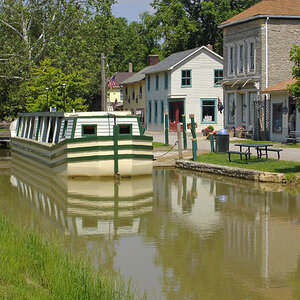
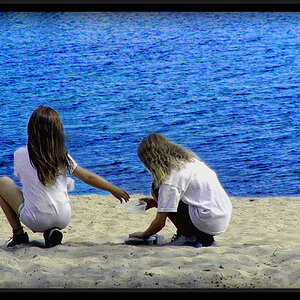
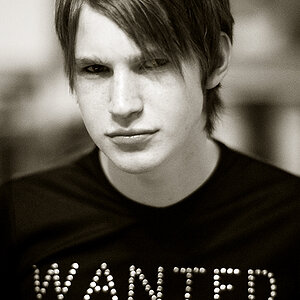
![[No title]](/data/xfmg/thumbnail/37/37525-e6d8ac7dbf90f97648e351449fc9330f.jpg?1619738130)
